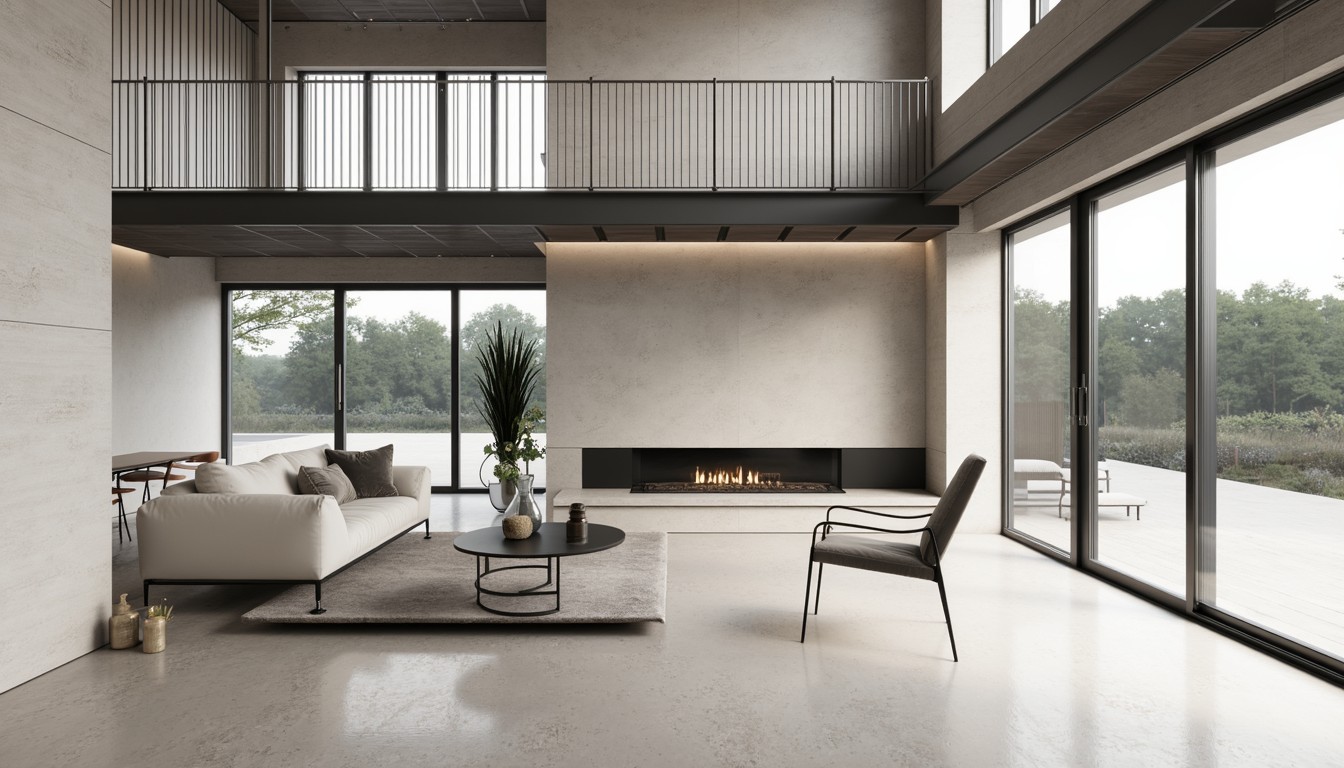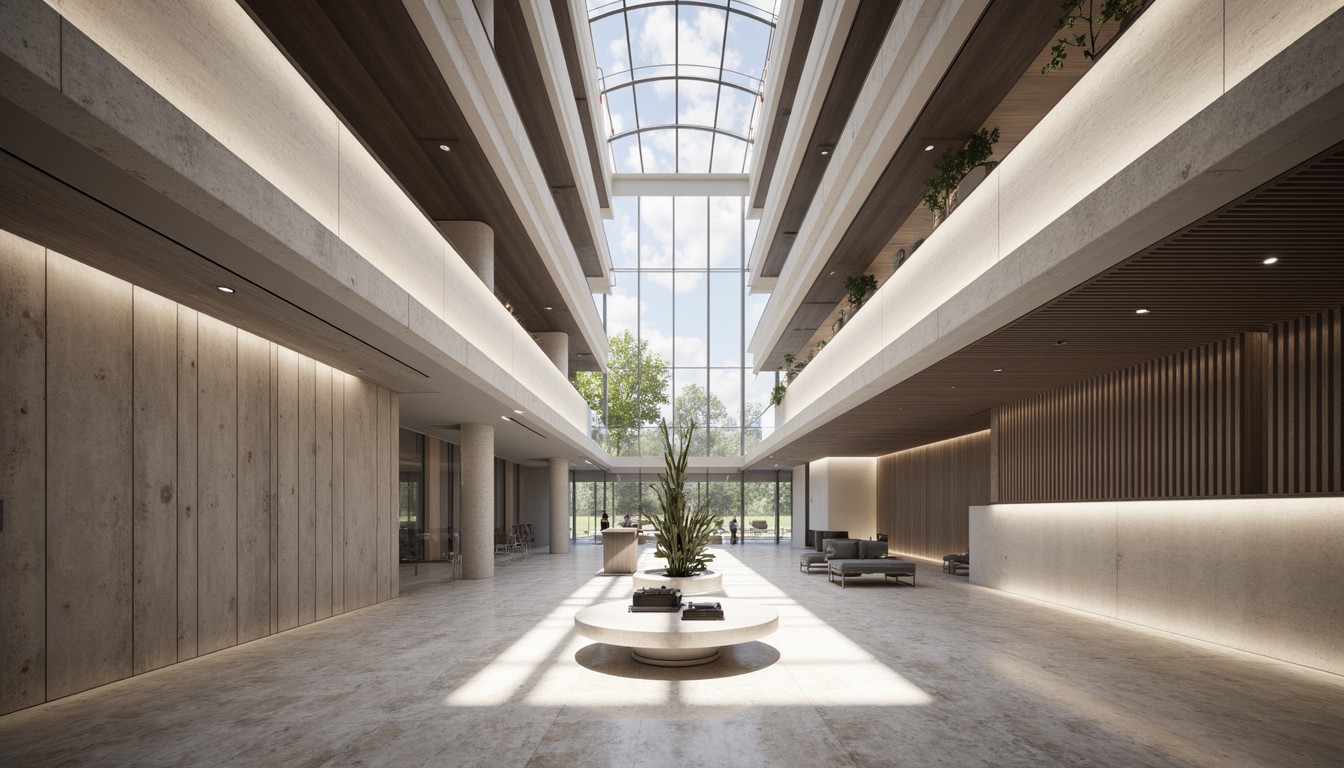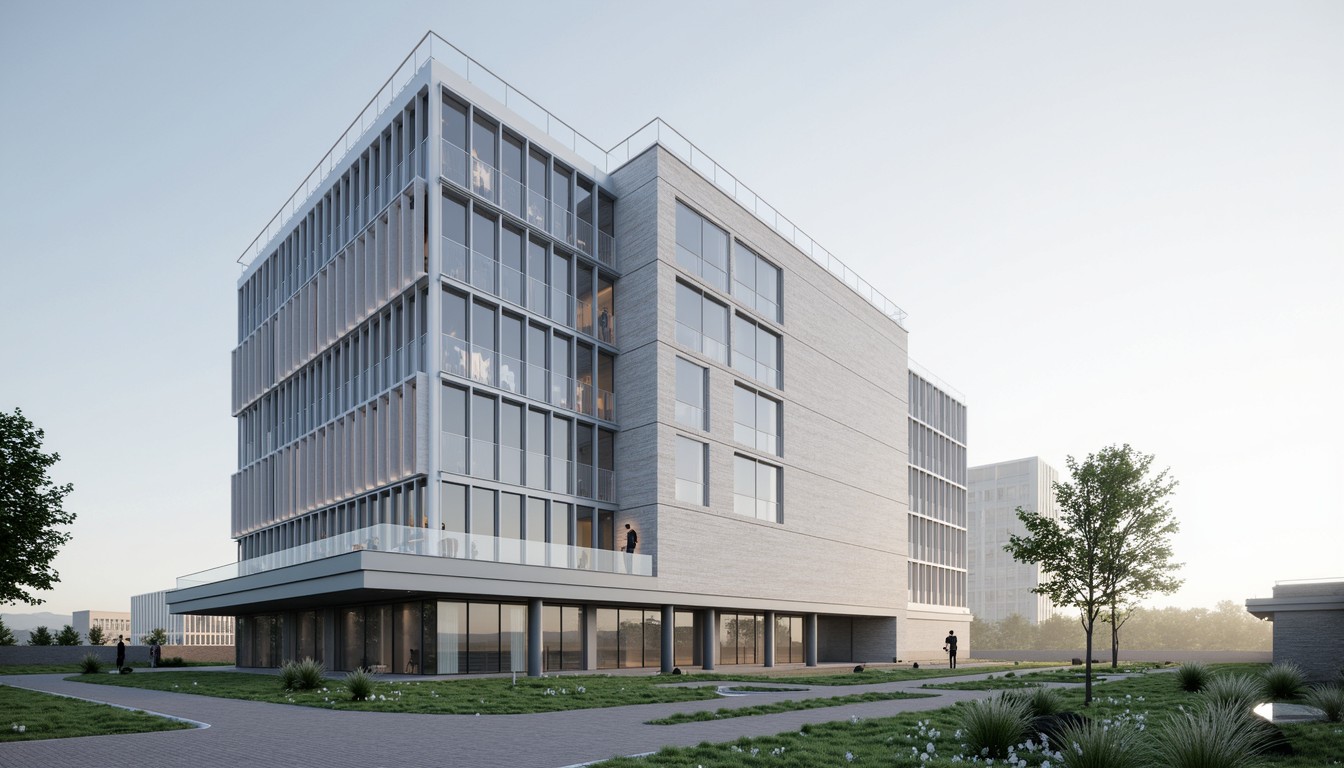Smart Building Technology: Revolutionizing Architecture
The architectural landscape is undergoing a dramatic transformation, driven by the rapid advancement of smart building technology. No longer are buildings simply static structures; they are evolving into dynamic, responsive environments that optimize efficiency, enhance sustainability, and improve the overall occupant experience. This integration of technology is not merely an aesthetic upgrade; it's a fundamental shift in how we design, construct, and interact with the built environment.
Defining Smart Building Technology

Smart building technology encompasses a wide range of interconnected systems and devices that leverage data to optimize building performance. This includes:
- Building Management Systems (BMS): Centralized control systems that monitor and manage various building functions, such as HVAC, lighting, security, and energy consumption.
- Internet of Things (IoT) Devices: Sensors, actuators, and other connected devices that collect data and automate tasks, enhancing efficiency and responsiveness.
- Artificial Intelligence (AI) and Machine Learning (ML): Algorithms that analyze data from various sources to predict and optimize building performance, proactively addressing potential issues.
- Energy Management Systems (EMS): Systems designed to monitor and optimize energy consumption, reducing costs and environmental impact.
- Smart Lighting Systems: Automated lighting controls that adjust lighting levels based on occupancy, daylight availability, and time of day.
Real-World Applications and Benefits

The integration of smart building technology offers a multitude of benefits across various sectors:
Enhanced Energy Efficiency and Sustainability
Smart buildings significantly reduce energy consumption through optimized HVAC control, intelligent lighting systems, and real-time monitoring of energy usage. This leads to lower operating costs, reduced carbon footprint, and a smaller environmental impact, aligning with growing sustainability goals in architecture.
Improved Occupant Comfort and Productivity
Smart building systems create personalized environments tailored to occupant preferences. Automated lighting, temperature control, and air quality management contribute to increased comfort and productivity. Data-driven insights can anticipate occupant needs and proactively address potential issues, improving the overall user experience.
Increased Security and Safety
Integrated security systems, including access control, surveillance, and fire detection, enhance the safety and security of occupants and assets. Real-time monitoring and automated responses to security threats minimize risks and ensure a safe environment.
Optimized Space Utilization
Smart building technology enables efficient space utilization through data-driven insights into occupancy patterns and space usage. This allows architects and building managers to optimize space allocation, maximizing the functionality and efficiency of the building.
Cost Savings and Return on Investment
While the initial investment in smart building technology can be significant, the long-term cost savings from reduced energy consumption, improved efficiency, and enhanced security offer a compelling return on investment. Predictive maintenance capabilities also minimize downtime and repair costs.
Challenges and Considerations
Despite the numerous benefits, integrating smart building technology presents certain challenges:
- High initial investment costs: Implementing smart building systems can be expensive, requiring careful planning and budgeting.
- Data security and privacy concerns: The collection and storage of vast amounts of data raise concerns about security breaches and privacy violations.
- System complexity and integration: Integrating various systems and devices can be complex, requiring specialized expertise and careful planning.
- Interoperability issues: Ensuring seamless communication and data exchange between different systems and devices can be challenging.
- Maintenance and upkeep: Smart building systems require ongoing maintenance and updates to ensure optimal performance.
The Future of Smart Buildings

The future of smart buildings is bright, with ongoing advancements in AI, IoT, and other technologies promising even greater efficiency, sustainability, and occupant experience. We can expect to see more sophisticated predictive maintenance capabilities, personalized environments tailored to individual needs, and seamless integration with other smart technologies within the broader urban landscape.
ArchNav: Your Partner in Smart Building Visualization
At ArchNav, we understand the transformative potential of smart building technology. Our expertise in architectural visualization allows us to create compelling and informative representations of smart building designs, helping architects and developers communicate the benefits of these innovative technologies to clients and stakeholders. We leverage cutting-edge rendering techniques to showcase the functionality and aesthetic appeal of smart building features, helping bring your vision to life.
Contact us today to learn how ArchNav can help you visualize the future of architecture.
